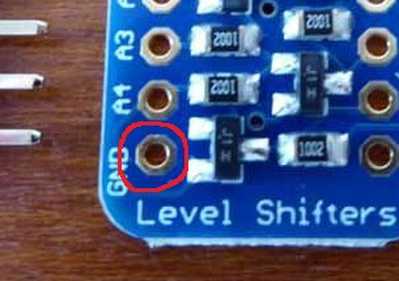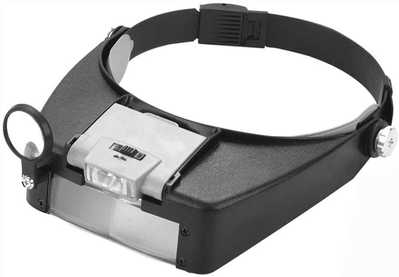This is difficult to explain without a picture, and I don't have a picture to show you. But when I soldered header pins onto a board, I noticed that while I did manage to solder the pins on, I'm also getting some solder that sticks to the tip of the soldering iron. So the tip is left looking a bit bulbous, if that makes sense. Is there a trick to this that I'm missing?
I touch one side of the pin with the tip, while also touching the circular trace on the board (marked in picture, as I can't remember what you call it). I wait a second or so for it to heat up, then I touch the other side of the pin and the circular trace with the solder wire that I want to apply. Sometimes I don't use enough solder, and sometimes a bit too much but it usually works out. But it seems to be harder to apply because some is left on the tip.
Any suggestions appreciated, thanks!
(The picture isn't my board, I found it online, cropped it and highlighted part of it)
Maybe I'm the one doing it wrong, but I always have a small bead (or bulge) of solder on the tip of my iron If there isn't one, then I apply solder to the iron to make one.
My rationale is that I think that touching the pin and ring simultaneously with the liquid solder will transfer heat faster and more evenly to the two surfaces than just the soldering iron tip itself. So, both of the parts to be soldered get hot faster and this allows a speedy and smooth application of the solder.
Anything seems possible when you don't know what you're talking about.
Hi @yurkshirelad,
For 'through-hole' connections, only apply the soldering iron to the 'underside' of the board, assuming you pushed the wire/pin into the 'top side'.
Make sure the bit looks 'fresh solder', but not carrying a 'blob' of solder. Put the solder wire and the bit at the same time and point onto the base of the pin, so that it heats both the PCB ring and the pin - the solder should contain flux to make it flow, but it is only active for a second or two, so it must be applied directly to the joint.
Putting a little flux onto the joint before soldering can help it flow. A little too much isn't usually harmful, but can get messy. (Only use flux designed for electrical work ... not the plumbing stuff!)
There are lots YouTube videos on soldering ... have a look at a few ... don't believe every word, but you should pick up some good tips.
Best wishes, Dave
Your tip must be periodically "cleaned." Most soldering stations provide this ability with a sponge that you you wet with water. There are also very loose 'brillo pad' looking cleaning pads, usually made from brass, that can be used for cleaning the tip. Keeping the tip clean is essential to a good soldering job. Remember that wiping the tip of the iron on the wet sponge is going to cool it slightly, so wait a few seconds for the tip to get back up to it intended temperature before trying to solder another component lead. With practice that will become obvious. The solder isn't going to melt during those few seconds while the tip gets back to temp.
Try putting together something that might require a thousand solder pads with a dirty tip and pray that it even works. In the early 80's I worked at the second computer store in the Atlanta area, when most things came in kits, and had to make many repairs to boards that were so poorly soldered that they rarely worked. We had one guy that built so many kits that had to be brought in to make work, that we dubbed him the "Man Who Solders With A Burning Stick." And all his work looked like he had used a burning stick!
SteveG
Thanks all. I do clean my tip, perhaps I'm using too much solder. I use a magnifying glass but even that isn't strong enough to give me a really good view. I have watched multiple videos and I seem to be doing it right - I just need more practice.
I use a pair of these for soldering and checking joints, they're awkward but irreplaceable ...
Anything seems possible when you don't know what you're talking about.


